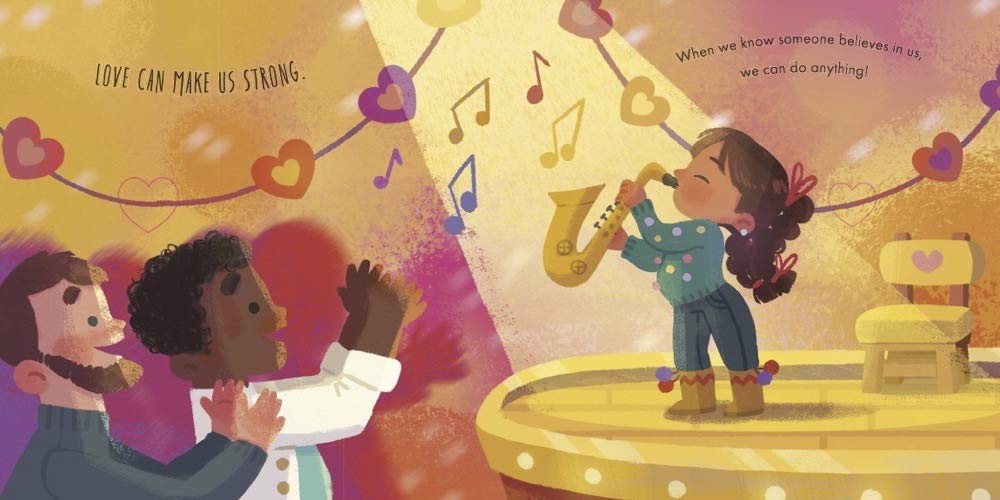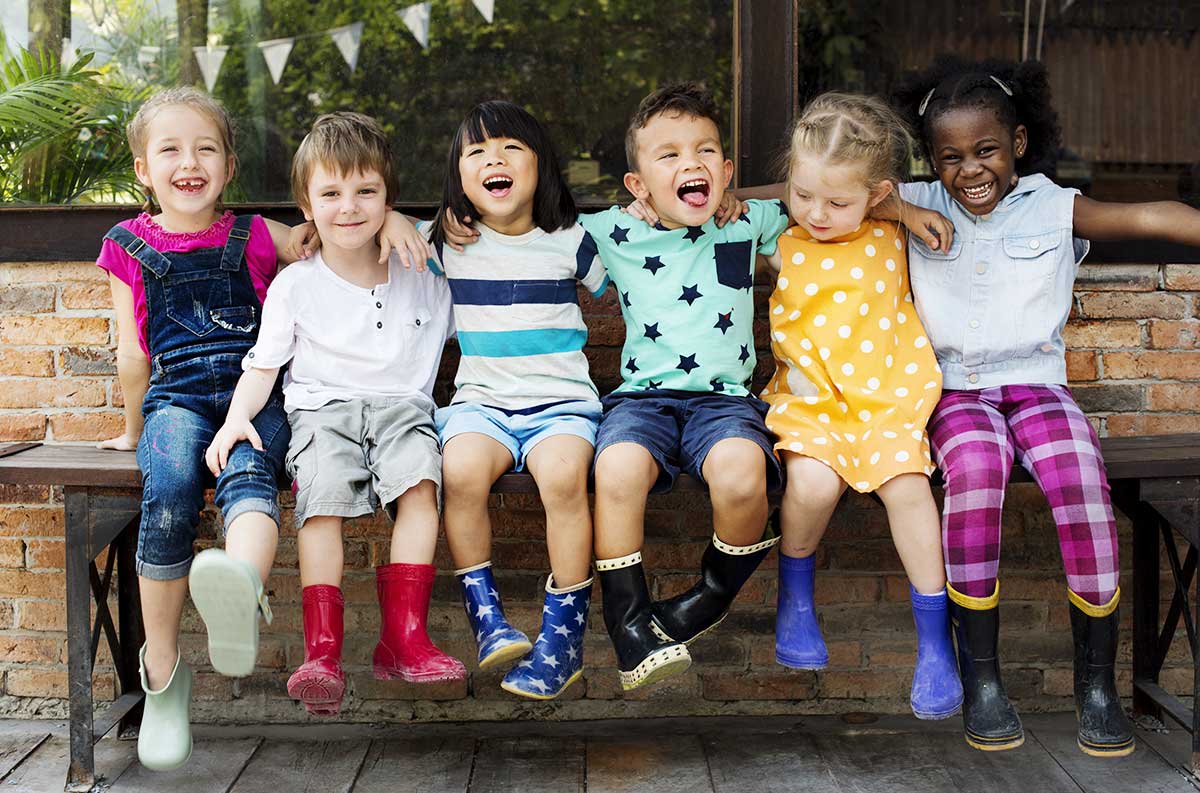
Inclusive Children's Book Teaching Guide
I Love You Every Day
What is this book about?
"Love is everywhere you look! Love can be generous and affectionate. It can bring harmony and make you feel strong. Above all, love should be treasured and celebrated! How do you show love each day?"
This sweet rhyming story about unconditional love reflects on the meaning of love and the many ways it can be expressed.
With illustrations that depict children and adults of many races and ethnicities—as well as mixed-race and same-sex couples—I Love You Every Day encourages readers to embrace the spirit of Valentine’s Day every day with the message that love, hope, kindness, and generosity are relevant all year round.
Who is depicted in this book?
What early childhood themes and concepts does this book explore?
- Families come in different forms (including two moms or dads)
- How grownups express love to their children (protecting them, cheering them on, tucking them in at night)
- Typical play activities and daily routines (picking children up from school, playing outside, reading together)
How does this book support anti-bias education?
I Love You Every Day features representation of LGBTQ+ families, which supports teachers’ efforts to help children develop an awareness of different kinds of families and the love that they share. Teachers can also use this book to help foster a sense of individual and family pride by encouraging children to celebrate their own identities. Even the youngest children will relate to the colorfully illustrated family activities in this book.
Depending on how the book is shared or used—and the developmental level of the children—I Love You Every Day may be used to support the following core goals from Anti-Bias Education for Young Children and Ourselves:
Identity—Teachers will nurture each child’s construction of knowledgeable and confident personal and social identities so that children will demonstrate self-awareness, confidence, family pride, and positive social identities.
Diversity—Teachers will promote each child’s comfortable, empathetic interactions with people from diverse backgrounds so that children will express comfort and joy with human diversity, use accurate language for human differences, and form deep, caring connections across all dimensions of human diversity.
How can this book be used to meet early childhood learning standards?
For all ages
Use I Love You Every Day to meet early childhood literacy standards
For children from birth to age three
Teaching suggestion: Point out familiar people and relationships depicted in the book and introduce the names that children use for the grownups in their lives.
What Illinois Early Learning Guideline does this meet for children from birth to age three?
Developmental DomainLanguage Development, Communication and Literacy
Standard: Receptive CommunicationChildren demonstrate the ability to comprehend both verbal and nonverbal communication.
Indicators for children:
- Recognizes and demonstrates understanding of familiar pictures, people and objects, such as saying “mama” while pointing to mother (16–24 months)
- Responds verbally and/or nonverbally to comments or questions while engaged in conversations with both peers and adults (21–36 months)
Teaching suggestion: Point out and model ways that grownups express love to their children (e.g., playing and reading together, sharing a meal).
What Illinois Early Learning Guideline does this meet for children from birth to age three?
Developmental DomainSelf-Regulation
Standard: Emotional RegulationChildren demonstrate the emerging ability to identify and manage the expression of emotion in accordance with social and cultural contexts.
Indicators for children:
- Seeks out caregiver through physical actions (7–18 months)
- Seeks caregiver support when feeling overwhelmed by emotion (21–36 months)
For preschoolers (ages three to five)
Teaching suggestion: Invite the children to talk about family structures. For instance, you might ask questions such as: "Who is in your family? How are your families similar to or different from the families in this book?" Encourage the children to share their own ideas about families and use the creative arts to represent their family members and the activities that they engage in together.
What Illinois Early Learning and Development Standards does this meet for preschoolers?
Social Studies Standard18BDevelop an awareness of self within the context of family.
Benchmark 18.B.ECa:
Understand that each of us belongs to a family and recognize that families vary.
Teaching suggestion: Encourage the children to share the ways that grownups love and care for them. For instance, you might ask: "What do adults do to make you feel safe and confident? How do adults and children play together? How are your family activities similar to or different from the illustrations in the book?"
What Illinois Early Learning and Development Standards does this meet for preschoolers?
Social Studies Standard18BDevelop an awareness of self within the context of family.
Benchmark 18.B.ECa:
Understand that each of us belongs to a family and recognize that families vary.
See inside this book.

